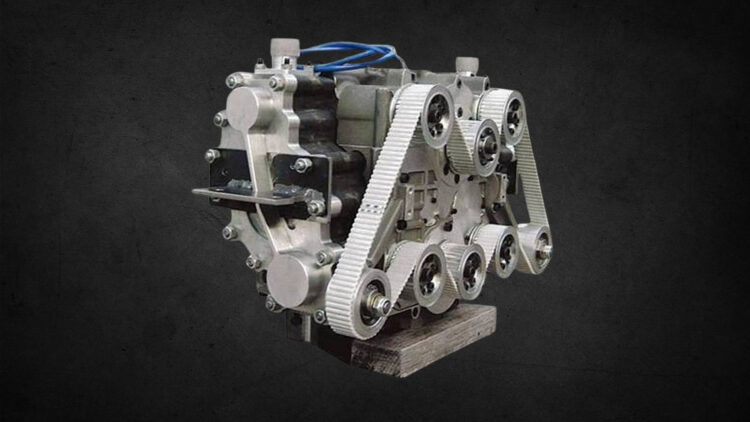Over a decade ago, Indian automaker Tata Motors embarked on an ambitious journey to develop an air-powered engine with the aim of revolutionizing urban transportation. The concept, in partnership with the Luxembourg-French-based company Motor Development International (MDI), sought to create a vehicle that utilized compressed air as its primary source.
However, despite initial enthusiasm from the public, the project has seemingly faded into obscurity, raising questions about the viability of air-powered engines in an era that has become increasingly focused on electrical mobility.
Tata Nano: The beginnings of air-powered technology
In 2007, Tata Motors entered a licensing agreement with MDI. They envisioned an air-powered version of its Nano model, which was already touted as the world’s cheapest car. The collaboration aimed to produce the Tata OneCAT, a compact vehicle intended for testing instead of mass production.
The air-powered Nano was designed to incorporate a large carbon fiber tank that stored compressed air, producing a modest range of about 200 kilometers (124 miles) on a full tank.
The parties’ promise of “path-breaking technology for engines powered by air” sparked public interest and garnered extensive media coverage, with outlets such as Jalopnik suggesting that the air-powered Nano could surpass electric vehicles in efficiency and emissions.
Despite the initial hype, technical challenges immediately emerged
The excitement surrounding the project was palpable, particularly during the Nano’s debut at the Auto Expo in 2008, where it drew unprecedented attention. Guy Negre, the founder of MDI, expressed optimism about the air engine’s potential, asserting that it would be available as an option for the Nano.
However, the technical challenges proved daunting. Storing compressed air necessitates robust tanks to ensure safety, and the energy required to compress air must be generated, typically through electricity, thus undermining the engine’s eco-friendly promise.
Research from the University of California, Berkeley, and Stanford University pointed out the limitations of air-powered vehicles, concluding that they lagged behind when compared to battery-electric vehicles in terms of energy efficiency and lifecycle costs. Even under the most favorable conditions, air-powered cars struggled to compete with electric alternatives, which have been gaining traction in the automotive market.
The disappearance of the air-powered Nano and the pipe dreams that accompanied it
Despite completing the first phase of testing, Tata Motors has not provided any updates on the air-powered Nano for over a decade. This prolonged silence suggests that the project may have been quietly scrapped, failing due to the high costs associated with compressed air storage, the rapid advancements in electric vehicle technology, and the discovery of hydrogen as another alternative fuel.
The initial excitement surrounding potential zero-emission urban transport has waned, leading industry insiders to speculate that the air-powered engine was more of a “fantasy” than a practical solution.
As the market shifted increasingly towards electric vehicles, the air-powered Nano seemed less viable. Many journalists have acknowledged the overwhelming public interest at the Nano’s debut but conceded that the air car concept felt far-fetched even during its heyday. The lack of process or communication from Tata Motors or MDI further reinforces the idea that the air-powered vehicle, while innovative, encountered insurmountable challenges.
In retrospect, the air-power engine represents an intriguing chapter in the pursuit of green transportation. While the allure of a zero-emission car was enticing, the hurdles of commercialization and safety ultimately rendered it impractical. As electric vehicles dominate the discourse around sustainable mobility, Tata Motors’ aspirations serve as a reminder of the complexities inherent in automotive innovation. As we further investigate alternative fuels, it’s clear that breakthroughs will require persistent research and development to overcome the barriers that have hindered technologies like this engine.

